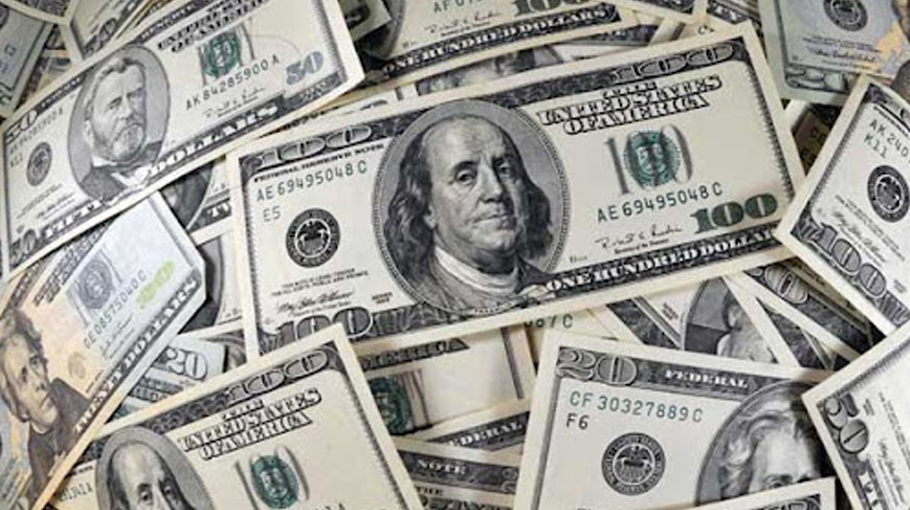Forex market unstable despite record reserves

The Foreign Exchange Market is unstable despite having record reserves.
As part of its move, Bangladesh Bank sold $305 million directly to banks meeting imports payment in August to stabilize the forex market, bankers said.
Experts said the demand for US dollars has increased in the inter-bank forex market as the country's import demand picked up recently and the remittance inflow has declined as well.
They said the central bank usually sells US dollars directly to commercial banks to meet higher demand for the greenback. It is a sign of the economic stability of the country, they added.
However, the central bank has bought US dollars from the scheduled banks till July this year to keep the market stable. From August, the BB has started selling dollars following its increased demand.
Last fiscal year, the central bank had set a record by buying greenbacks to keep the market stable.
It bought a total of about $8 billion from the banks in the last fiscal year 2020-21 to keep the foreign exchange market stable amid the pandemic.
Earlier, the central bank bought $5.15 billion in the 2013-14 financial year. That was the highest dollar buying record before the last fiscal year.
In the first month of the current fiscal year 2021-22, Bangladesh Bank, the regulator in the financial sector also bought $205 million in July.
Md Serajul Islam, Bangladesh Bank executive director and spokesman, told Bangladesh Post, “Production activities are going on in the country during corona epidemic. The pressure to import industrial raw materials and capital equipment has increased.”
Besides, various previous import bills have to be paid, he said adding that, the demand for the dollar has increased and the market price has also increased. This is the normal rule, he mentioned.
“The central bank's job is to keep the money market stable, he said, adding that the dollar was bought when there was a supply of foreign exchange in the market. Now that supply has dwindled, the central bank is selling dollars in line with market demand,” Islam said.
Dr Atiur Rahman, former governor of Bangladesh Bank, told Bangladesh Post, Businesses are going on normally as the corona infections have declined slightly.
As a result, the banks are opening more letters of credit (LCs) than the previous time, he said adding that, so the demand for dollars has increased.
Besides, commercial banks have been buying dollars from the central bank as the remittance inflow has dropped significantly, he mentioned.
Rahman said, “The central bank has provided good support to the forex market selling or buying dollars directly from the market, which has helped to make the forex market stable.”
Bangladesh Bank's intervention is playing a vital role in protecting the interest of the exporters as well as the remitters amid the Covid pandemic, he added.
However, the US dollar rate hit a record high against the Taka despite Bangladesh having record foreign exchange reserves.
The supply of dollars in the country increased due to the decrease in remittance inflows as well as the increase in imports, experts said.
The local currency Taka has depreciated by 37 paisa to stand at Tk 85.20 on Sunday against the US dollar since 05 August in this year, the highest rate of US dollar against Taka in history, according to Bangladesh Bank (BB) data.
On the other hand, the US dollar appreciated by more than one Taka within a month to stand at almost Tk 87.80 on Sunday against local currency Taka in the curb market.
Many exchange houses said the dollar rate has recently increased rapidly as dollar demand has increased against supply in the market which resulted in the greenback’s rate rising.
Earlier, in February 2020, before the outbreak of coronavirus, the highest price of the dollar was Tk 84.95.
However, the foreign exchange reserves have hit a record high to stand at $48.04 billion in the last month.
Remittance inflows fell more than 19 percent during July-August period of this fiscal year over the corresponding first two months of the past FY.
The inflow amounted to $ 3.68 billion during the period. It was $4.6 billion in the same period a year before.




